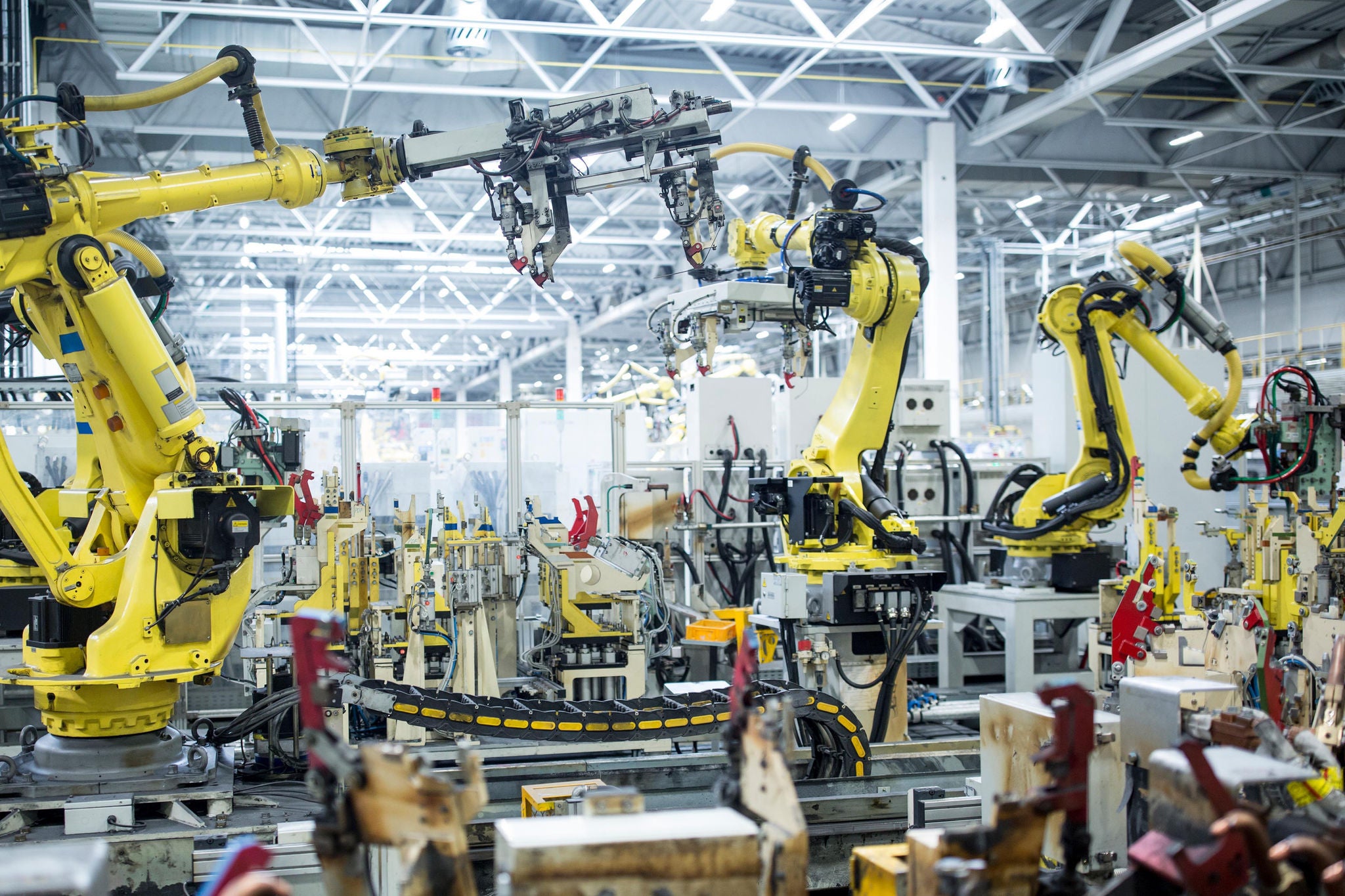EY refers to the global organization, and may refer to one or more, of the member firms of Ernst & Young Global Limited, each of which is a separate legal entity. Ernst & Young Global Limited, a UK company limited by guarantee, does not provide services to clients.
How EY can help
-
Discover how EY's supply chain team can help your business redefine its end-to-end supply chain and operations to support your enterprise objectives.
Read more
Overall, manufacturing production can be efficient with old machines, but they do not offer holistic visibility across machinery performance and condition, which would help anticipate issues before they arise.
This conundrum was faced by a global consumer products company that had lots of manufacturing equipment running daily on legacy systems that were two decades old.
The equipment needed to do its job a little longer, but with higher expectations. These included making savings of $350 million over five years by analyzing operations and plant data to drive higher operational excellence, and to increase overall equipment effectiveness by 15%.
At the same time, the organization wanted to embrace Industry 4.0 and find a way to integrate siloed data across shopfloor systems into one using emerging technologies. Using artificial intelligence (AI), machine learning and data analytics would enable a remote, central view of performance that didn’t rely on only engineers inspecting equipment.
To that point, building predictive maintenance insights and proactive interventions was another high priority for the company. The cycle of machines running, unexpectedly failing and needing a maintenance crew to fix them led to a reactive, downtime-focused culture over the years.
Increased downtime meant decreased production. Something had to change.







